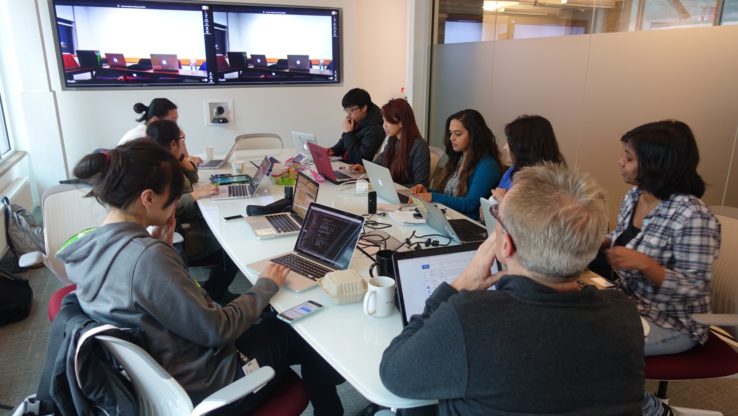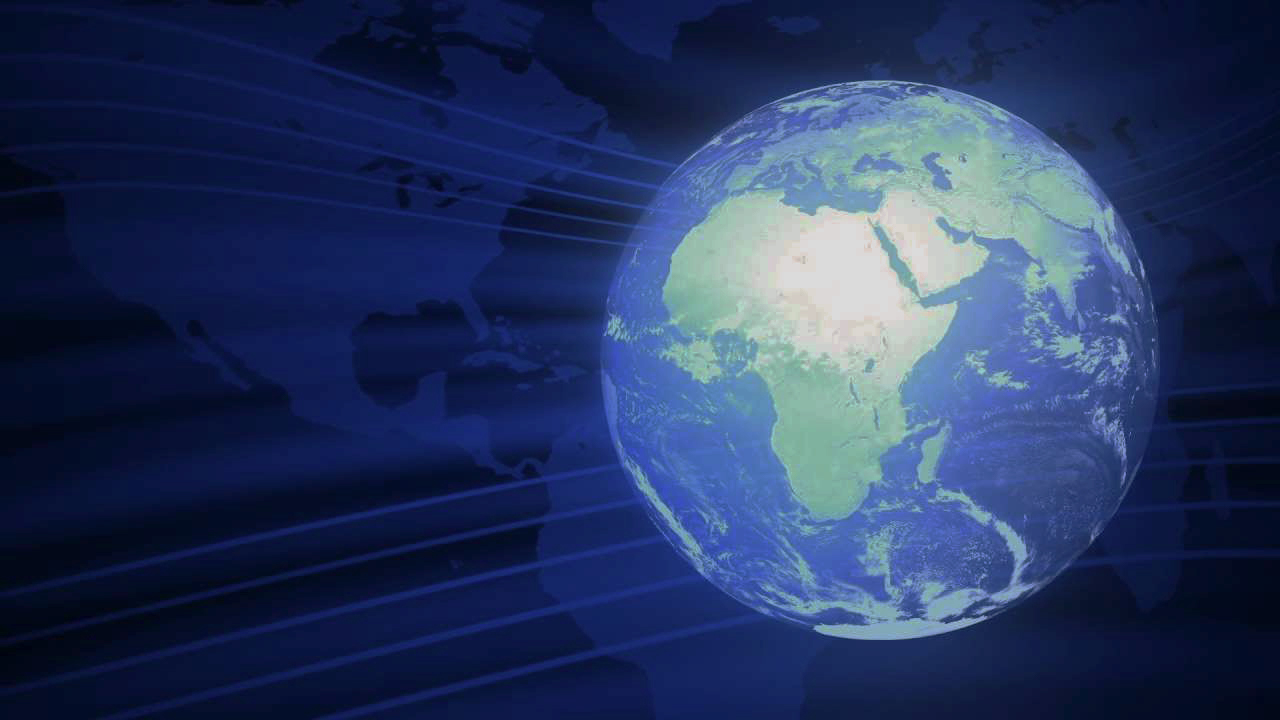HS-LS4.C Adaptation
Evolution is a consequence of the interaction of four factors: (1) the potential for a species to increase in number, (2) the genetic variation of individuals in a species due to mutation and sexual reproduction, (3) competition for an environment’s limited supply of the resources that individuals need in order to survive and reproduce, and (4) the ensuing proliferation of those organisms that are better able to survive and reproduce…
HS-LS4.B Natural Selection
Natural selection occurs only if there is both (1) variation in the genetic information between organisms in a population and (2) variation in the expression of that genetic information—that is, trait variation—that leads to differences in performance among individuals. (HS-LS4-2),(HS-LS4-3) The traits that positively affect survival are more likely to be reproduced, and thus are more common in the population. (HS-LS4-3) source: http://www.nextgenscience.org/
HS-LS4.A Evidence of Common Ancestry and Diversity
Genetic information provides evidence of evolution. DNA sequences vary among species, but there are many overlaps; in fact, the ongoing branching that produces multiple lines of descent can be inferred by comparing the DNA sequences of different organisms. Such information is also derivable from the similarities and differences in amino acid sequences and from anatomical and embryological evidence. (HS-LS4-1) source: http://www.nextgenscience.org/
HS-LS3.B Variation of Traits
In sexual reproduction, chromosomes can sometimes swap sections during the process of meiosis (cell division), thereby creating new genetic combinations and thus more genetic variation. Although DNA replication is tightly regulated and remarkably accurate, errors do occur and result in mutations, which are also a source of genetic variation. Environmental factors can also cause mutations in genes, and viable mutations are inherited. (HS-LS3-2) Environmental factors also affect expression of traits,…
HS-LS3.A Inheritance of Traits
Each chromosome consists of a single very long DNA molecule, and each gene on the chromosome is a particular segment of that DNA. The instructions for forming species’ characteristics are carried in DNA. All cells in an organism have the same genetic content, but the genes used (expressed) by the cell may be regulated in different ways. Not all DNA codes for a protein; some segments of DNA are involved…

Advancing Sustainable Agriculture
ISB’s Project Feed 1010 is building a global, crowd-sourced network of educators, students, researchers and farmers to optimize and scale-up sustainable agriculture practices and educate the future scientific workforce. To support this global network, we have partnered with Northeastern University to develop database, web and mobile infrastructures with functionalities for data tracking, monitoring, analytics and predictive modeling. More than 20 graduate-level computer science students enrolled in an interactive course have…
HS-LS2.D Social Interactions and Group Behavior
Group behavior has evolved because membership can increase the chances of survival for individuals and their genetic relatives. (HS- LS2-8) source: http://www.nextgenscience.org/
HS-LS2.C Ecosystem Dynamics, Functioning, and Resilience
A complex set of interactions within an ecosystem can keep its numbers and types of organisms relatively constant over long periods of time under stable conditions. If a modest biological or physical disturbance to an ecosystem occurs, it may return to its more or less original status (i.e., the ecosystem is resilient), as opposed to becoming a very different ecosystem. Extreme fluctuations in conditions or the size of any population,…
HS-LS2.B Cycles of Matter and Energy Transfer in Ecosystems
Photosynthesis and cellular respiration (including anaerobic processes) provide most of the energy for life processes. (HS-LS2-3) Plants or algae form the lowest level of the food web. At each link upward in a food web, only a small fraction of the matter consumed at the lower level is transferred upward, to produce growth and release energy in cellular respiration at the higher level. Given this inefficiency, there are generally fewer…


